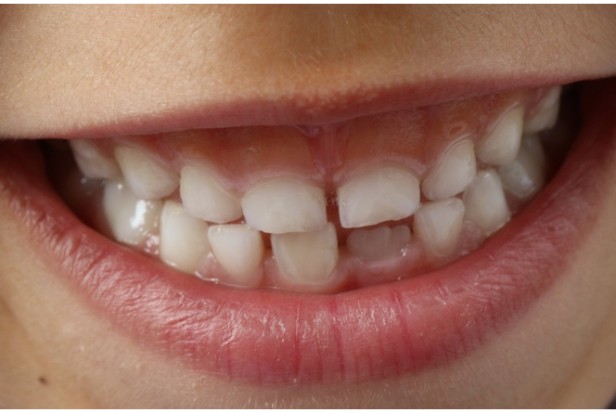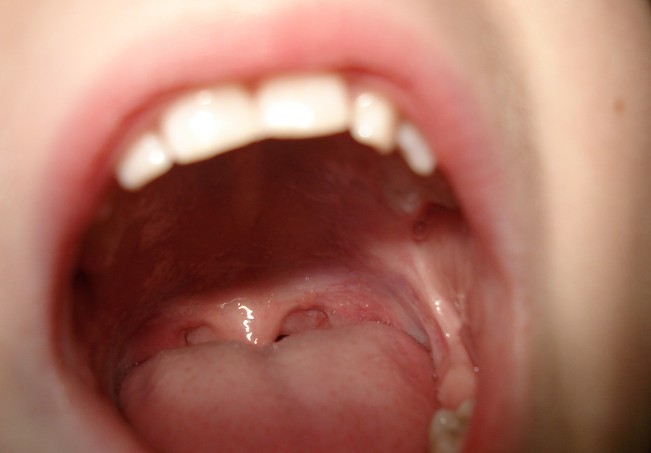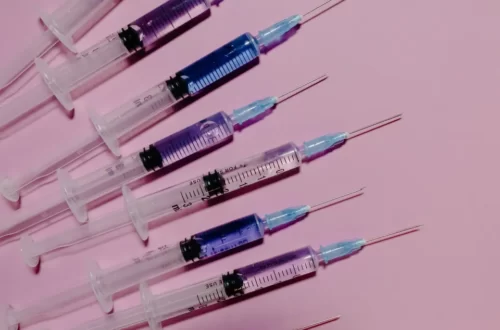
How Long Do Fillings Take for Tooth Cavities In 2023?
Although nobody enjoys having cavities, ignoring them will only make them worse. Cavities must be filled by a dentist because they won’t heal on their own. By removing potential entry points for bacteria, a filling both restores and protects your tooth from further decay. Concerned about how long it will take to fill a cavity? Don’t worry; we’re here to help you through it and demonstrate how to quickly regain your smile.
The Filling Procedure: What To Expect
Do you have any questions about how long a filling will take? The good news is that cavities are fairly simple for dentists to treat. And what’s more, they use a local anesthetic to numb the area that they’ll be working on so that you feel no pain during the procedure. An initial stinging sensation from the anesthetic injection into the gum tissue is possible, but it will pass quickly.
Read More: Can Cavities Cause Headaches
Following that, the dentist will remove the decay from the tooth using a laser or dental drill. After that, the freshly created space needs to be prepared for filling. The dentist will shape the area and might even use an acid gel to etch the tooth.
The actual application of the filling material is the following step in the procedure. During the procedure, the dental professional may shine a special light on you to harden certain filling materials.
The final step is to polish the filling. The filling is made smoother and any sharp edges that could cut the lining of your tongue or cheek are removed during polishing.
The filling procedure therefore takes how long? The process is very simple, and it shouldn’t take more than an hour to finish. Your dentist may decide to spread out the treatment of multiple cavities over several visits if you have several that need to be filled.
After The Filling: What To Expect
Some tooth sensitivity or soreness following the filling procedure is typical. This may persist for a few days. The best course of action is to stay away from foods like soft drinks, foods high in sugar, very hot or cold beverages, and foods that can cause increased sensitivity. Do not hesitate to see your dentist if the sensitivity persists or worsens after a few days.
It takes time for some fillings to set. Therefore, eating sticky foods may cause your filling to fall out. What time period do you need to wait before eating sticky or hard foods? Ask your dentist.
You may experience some discomfort in the hours that follow the procedure as the anesthetic should begin to wear off shortly. If you continue to experience discomfort, consult your dentist once more.
When Do Dental Fillings Take Place?
Even though a small, straightforward composite resin filling may only take 15 to 20 minutes to complete, it might be discovered during a routine cleaning, by which point you may have already spent 20 to 30 minutes in the dentist’s chair. If you don’t have the time, you might be able to schedule a second appointment to finish it, unless your dentist is extremely concerned about the severity of the tooth decay.
It might take a little longer than 20 minutes if your dentist uses a different material for dental fillings.
If your dentist is creating your dental fillings from an impression of your tooth, you will likely need to schedule a second appointment so that the filling can be bonded to your teeth.
It’s likely that the process will take two visits if you need dental fillings made of gold or porcelain. Before taking an impression, your dentist will treat the cavity and remove the tooth decay during your initial visit. The filling will be bonded to your teeth during your second visit.

What You Can Expect At South High Dental
Our fillings at SHD are made only from the best materials. Our highly qualified, board-certified doctors, hygienists, and assistants will take excellent care of you while you are getting a filling, so you can put your trust in them. We no longer place the dark, conventional fillings because they contain mercury. The white fillings we use are mercury-free.
To help you relax and not feel a thing, we will gently numb the tooth. After removing the decay, we will use a white filling material to restore the tooth to its original condition.
The filling will be polished and smoothed once it is finished by your doctor and assistant to ensure a perfect fit.
If necessary, we’ll also provide oral pills that will help you unwind and remain at ease while having your procedure done. Your tooth will be prepared in just one appointment, allowing you to quickly return to normal, happy, and cavity-free living.
Delaying a filling will only cause your tooth’s decay to get worse and become more damaging. We are aware that scheduling a dental appointment or feeling anxious can occasionally be a concern. At South High Dental, we strive to provide our patients with the most comfort and convenience.
How Does The Process Work?
The gum tissue surrounding the tooth that needs to be filled will first receive a local anesthetic injection from your dentist. He or she will use a dental drill to remove tooth decay once it has taken effect. To stop the decayed material from further corroding your tooth, it must be removed. Possible shaping or etching requirements for the cavity.
After completing this procedure, your dentist will either take an impression of your tooth or fill the cavity with a filling material. It’s necessary to use a blue light to harden certain filling materials. After all of this is finished, the area needs to be polished. This prevents your tongue or cheeks from being cut on any sharp edges.
Asking your dentist how long a filling takes before the procedure is best if you need several dental fillings to treat tooth decay so that you can make the necessary plans.
Layers Of The Teeth
The depth to which a cavity has penetrated the layers of the teeth affects how long it takes to be filled.
The hardest and outermost layer of teeth is enamel. It serves as a barrier between acids and bacteria and the teeth. Because it lacks the cells to regenerate itself, if an enamel component is too severely damaged, it will never grow back.
The dentin is located beneath the enamel. The bulk of a tooth’s mass is made up of dentin. When a person has a cavity, the enamel has eroded and the dentin has been exposed to hot and cold substances, which is why they feel sensitive.
The pulp, which contains blood vessels and nerves, is located beneath the dentin. Beyond that is the last layer, the cementum, which covers the tooth roots and directly connects them to the jawbone.
One layer at a time is impacted by a dental cavity. The discomfort and pain increase as the decay spreads farther into the teeth. The type of filling the dentist uses and the length of time it takes to fill the cavity depend on how far the cavity has advanced through the four layers of the teeth.
What Is A Cavity Filling Made Of?
There are a number of materials that can be used by the dentist to fill the cavity. There are a few purely cosmetic options, such as gold, which will cost more and may require more time to prepare. Options that are typically less expensive and easier to implement include tooth-colored and plastic materials.
Overall, the size, location, and extent of tooth decay all affect how long it takes to fill a cavity, especially if the decay is extensive. The type of filling material itself is one of the additional variables.
Conclusion
Make sure to schedule a dental appointment if you suspect you may have a cavity. They can determine if you require a filling or other kind of treatment.
The good news is that filling a cavity won’t require much of your time. Following the relatively quick and painless treatment of your cavity, you can soon resume smiling!





Average Rating